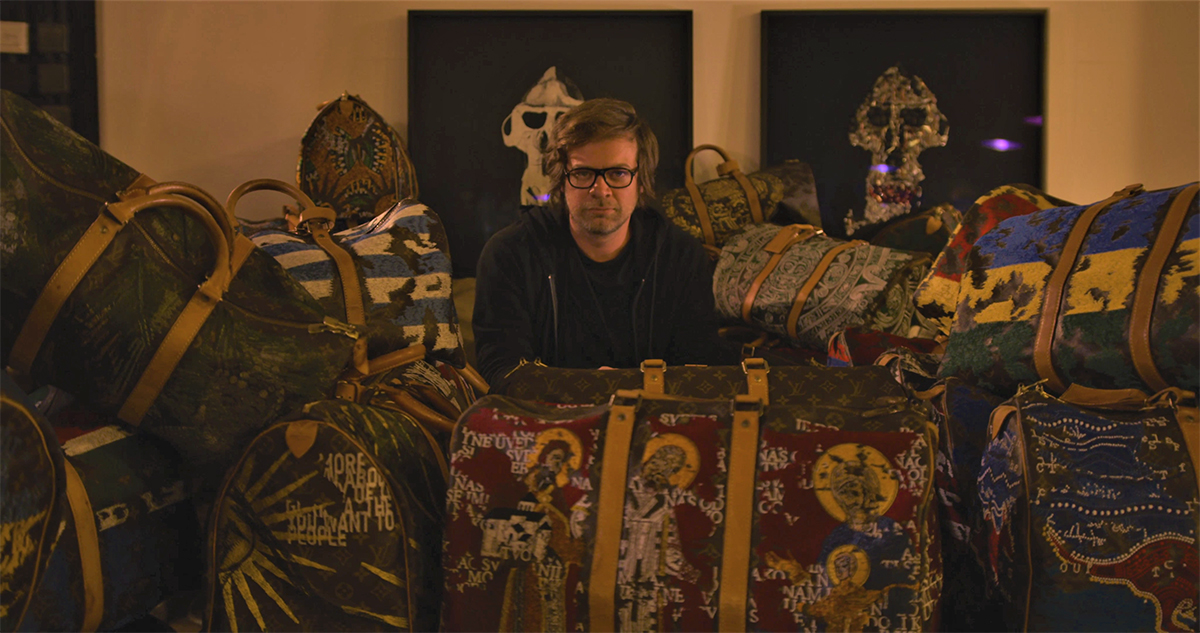
Jonathan Riss has designed a collection of bags exclusively for One&Only
Belgium-born designer Jonathan Riss is the founder of JAH AHR, a luxury brand which transforms authenticated vintage designer bags through embroidery techniques. His latest collaboration with One&Only Resorts – a collection of limited edition custom-designed vintage Louis Vuitton Keepalls – is inspired by the local heritage and culture of each of the brand’s destinations. Here, Abigail Hodges speaks to the designer about his creative process, sustainable fashion and the future of travel
1. What led you to start re-crafting iconic vintage fashion pieces?
We live in a society of significant over-production and if you analyse consumer behaviour, you quickly see that people prefer iconic pieces, not because of their value, but because of the work and effort to perfect these pieces over time so they too reflect the values and desires of society.
Follow LUX on Instagram: luxthemagazine
Today, there is an increasing demand for sustainability as well as individualisation. The idea that we not only take vintage objects and give them a new lease of life, but also to continue to work on them. To be part of this pursuit of perfection, but at the same time to continue to reflect the wants of society by offering singularly unique pieces is very interesting.
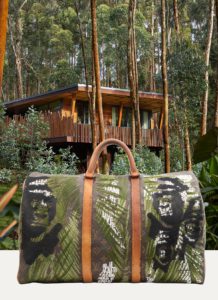 2. Can you tell us your favourite story about one of the bags you’ve sourced?
2. Can you tell us your favourite story about one of the bags you’ve sourced?
There are so many stories across the different mediums that we are transforming. One that springs to mind for the Keepall collection is a bag we sourced in Moscow that was originally made in 1991, on which we placed the USSR flag as this was the year of the dissolution of the Soviet Union.
Another bag we found was in Hong Kong that was made in 1997 which was the year of the historic handover so we imprinted this bag with the Hong Kong flag. We also sourced some bags in Tehran which have our Persian rug design reflecting the philosophy of our collections, which is to highlight the imprint of the local culture where the object was used or sourced.
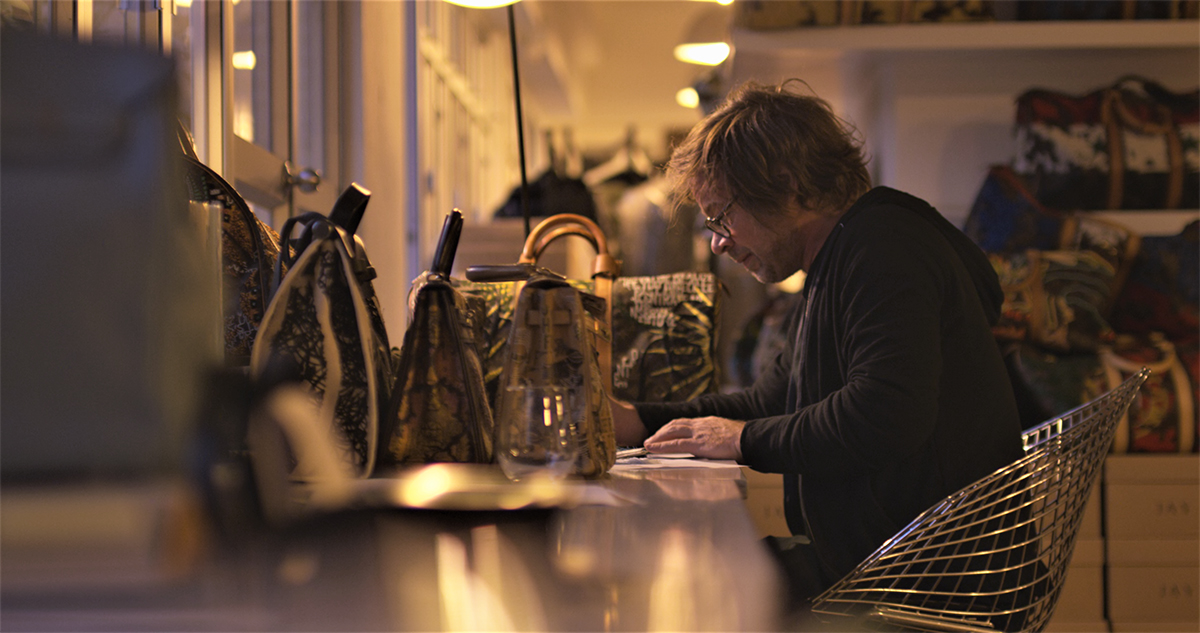
Riss at work in his studio
3. What does your design process typically involve?
The most important aspect of what we do is not the design itself, but the narrative that sits behind and around each piece. So the provenance often leads the design as the actual story of each object is much more interesting, and the design is an extension of the story, but of course, exploring different techniques of texture is a vital part of the design process enabling the execution of the narrative.
Read more: Win two life coaching sessions with Simon Hodges
4. How did your collaboration with One&Only come about?
This is a beautiful topic. One&Only owns a stunning portfolio of unique properties all over the world that really reflects the philosophy of our collection. The opportunity to create a bespoke heritage collection that allows us to showcase the cultural, social and natural aspects of each destination was an incredibly exciting opportunity as this is exactly what we do with all of our collections.
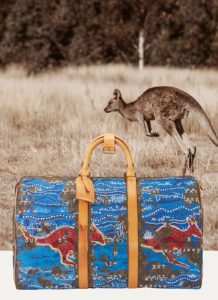
5. When deciding how to celebrate each destination, which elements were particularly important for you to highlight?
There are almost too many elements to consider, so again, we were often led by the bag itself. For example, for Cape Town we had a bag that was originally made in 1994 which was the first year of Nelson Mandela’s Presidency so we created a design celebrating the great man himself.
Similarly, we had a bag for Rwanda that was from 2002 which is when the new Rwanda national anthem was officially inaugurated so we placed the lyrics from the anthem on an interpretation of the national flag. For Dubai, we wanted to showcase the incredible architecture as well as the importance of Islam so we overlaid a blessing on the Dubai skyline. In Mexico, we are fascinated by the contrast of the colour and vibrancy of the Dia de los Muertos with meaning behind the celebrations. In Malaysia, we loved the romance of discovering ancient statues and carvings in the jungle. The breadth of inspiration is also important to us.
6. What’s inspiring you currently?
Given what has happened in the past year, I am getting excited by the future of travel, and how the quality and experience of travel will evolve. As we have seen, anything can happen that impacts society in a dramatic way so what is interesting is to see how we elevate ourselves and I am working on a new project thinking about this, so watch this space.
Follow Jonathan Riss on Instagram: @_jay_ahr_
To purchase one of Jonathan Riss’s bags for One&Only email: [email protected]



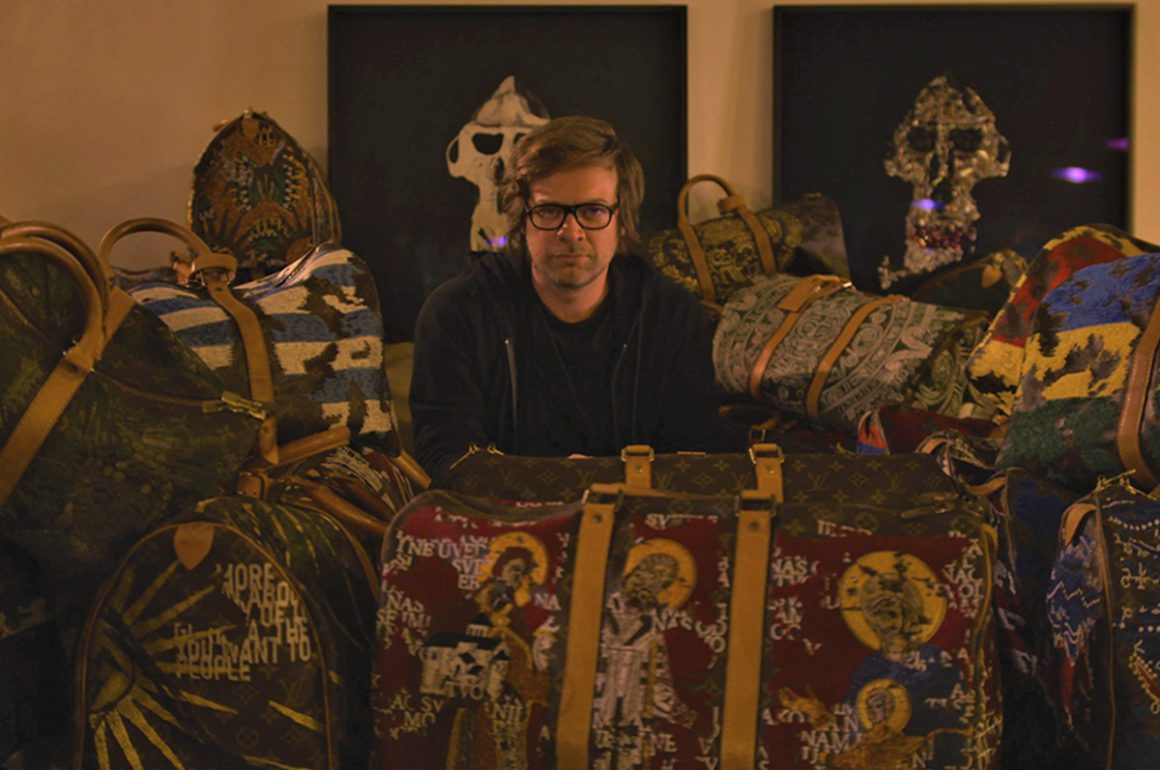


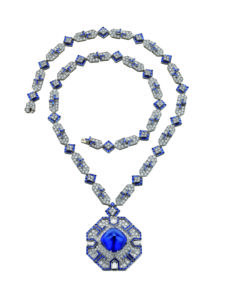
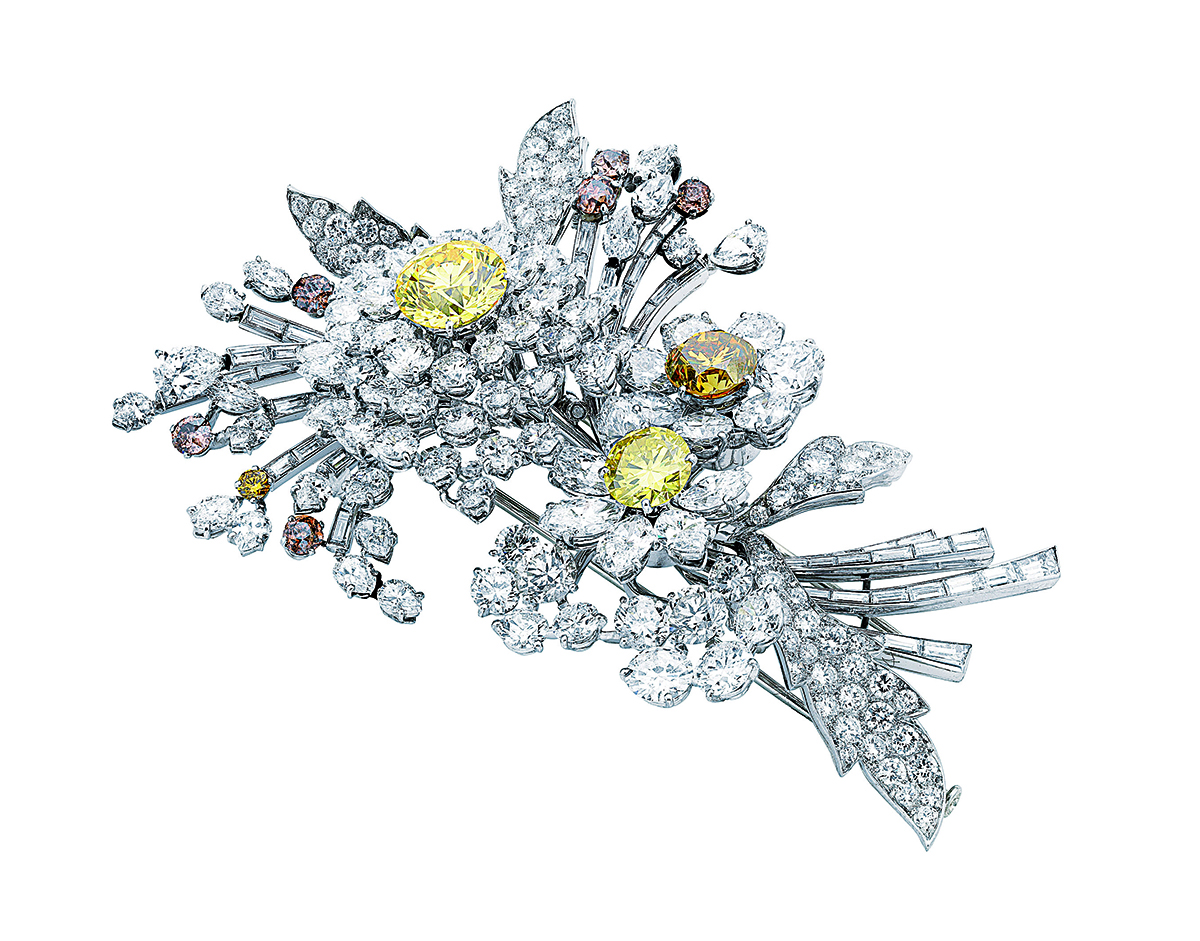
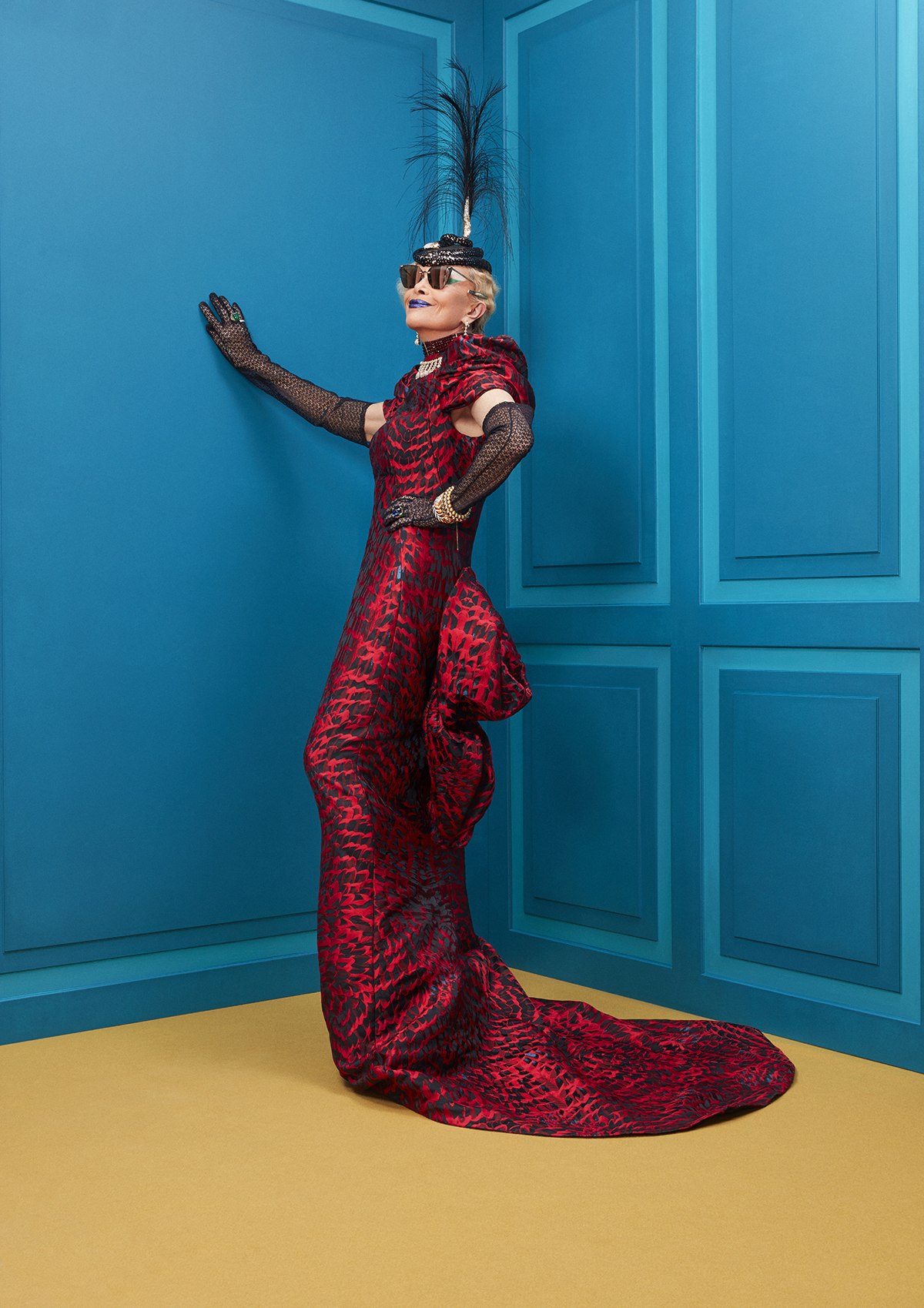
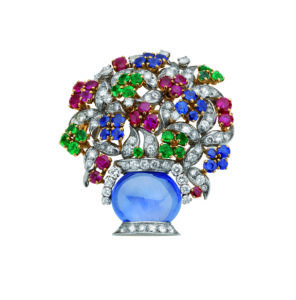
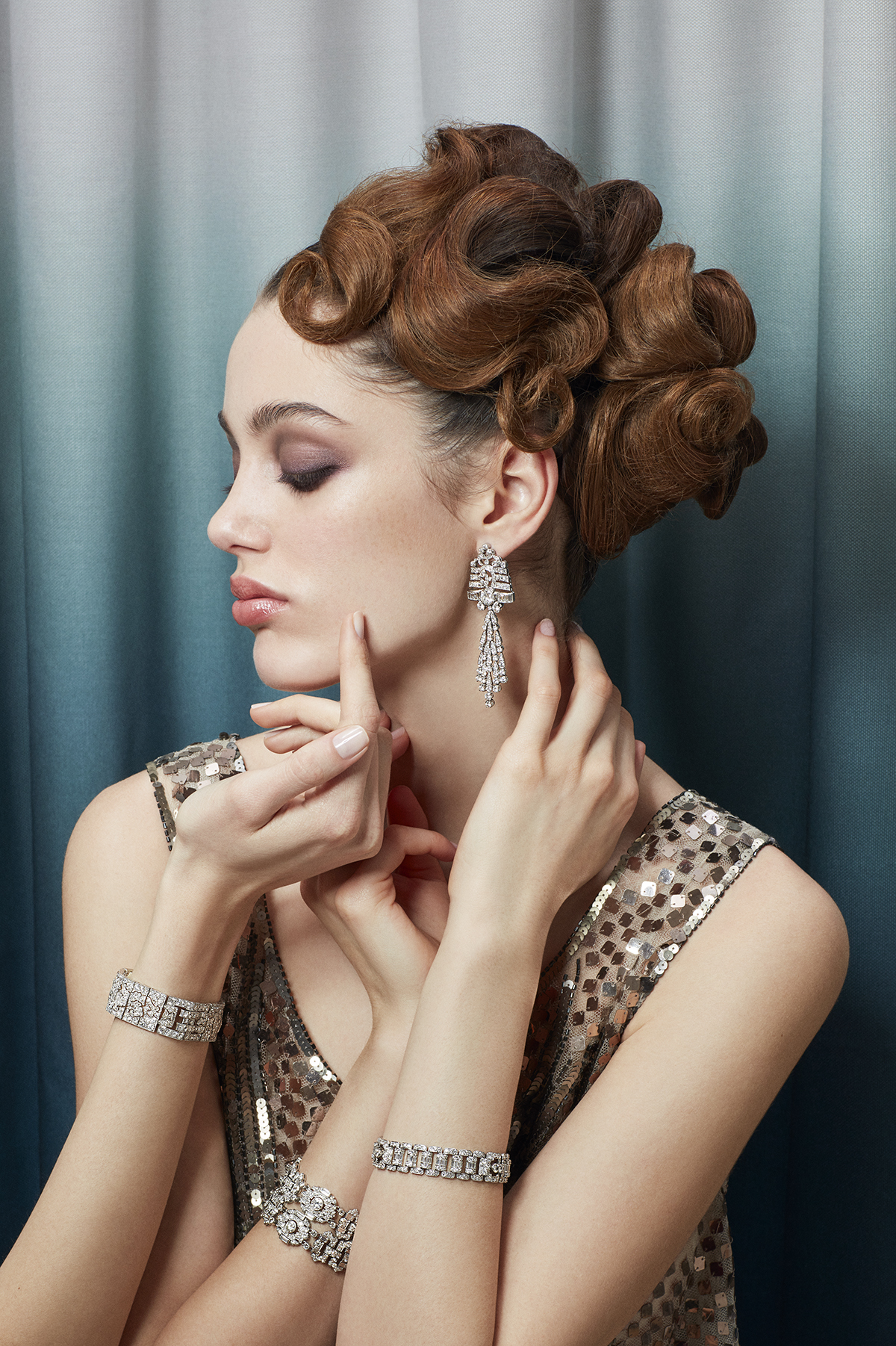
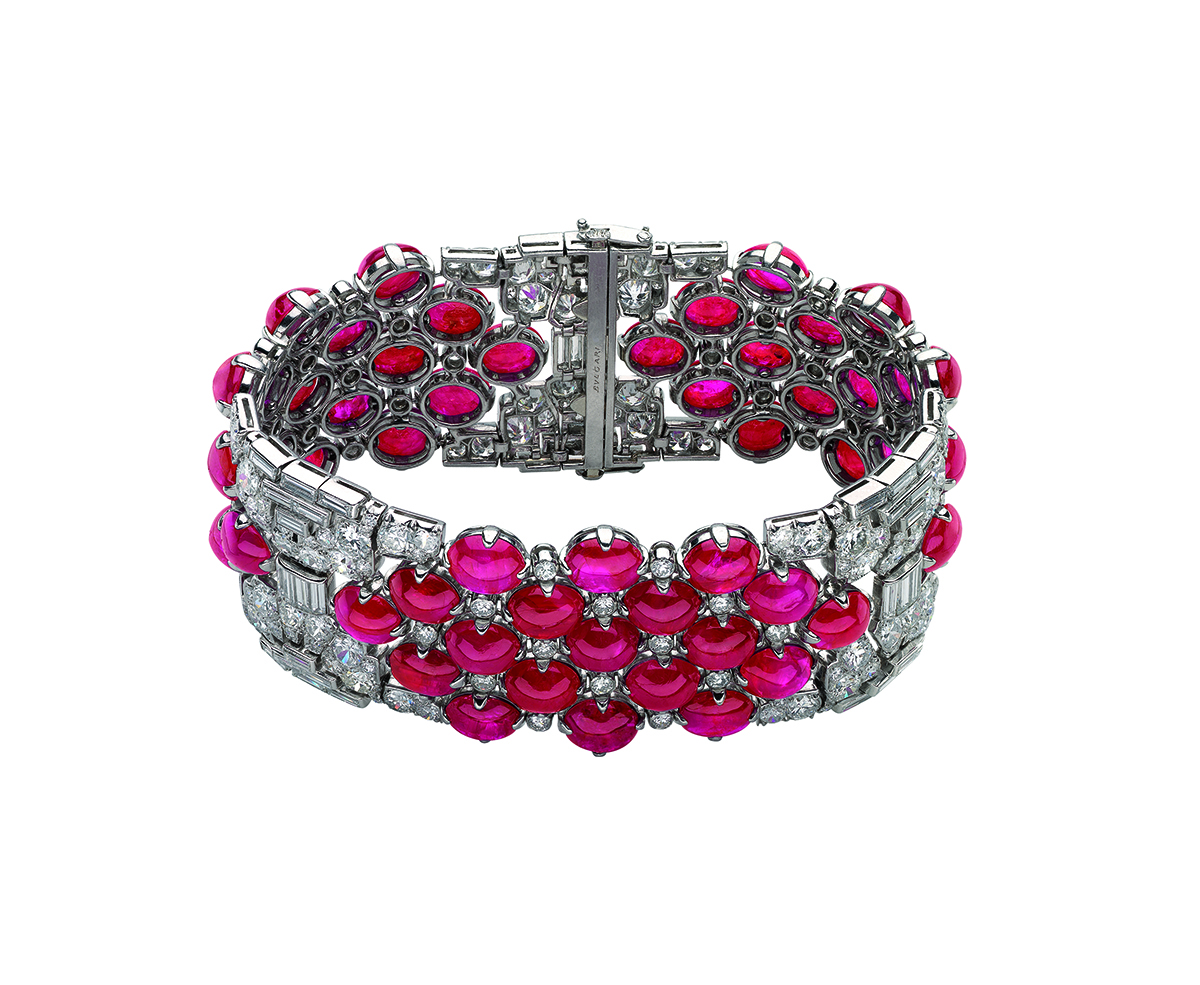





Recent Comments